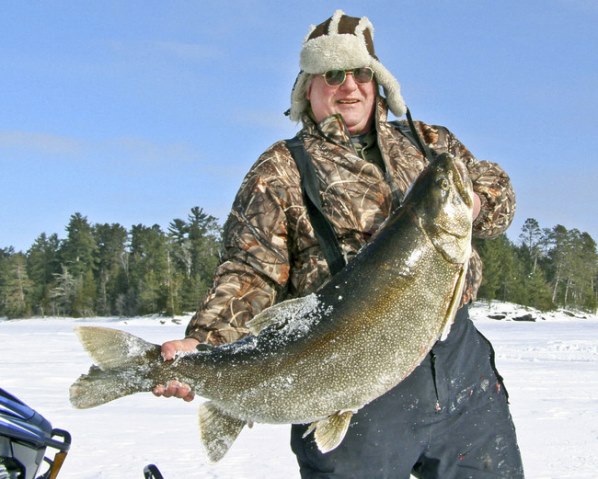As someone who is not exactly from Western New York originally — {:-) — I had no idea that there even were any old oxbow lakes in the area, let alone one on which restoration efforts had been made, but there is and its in West Seneca.
The Buffalo Niagara Riverkeeper [BNRK] website states that “West Seneca’s oxbow wetland on Buffalo Creek is just a few miles upstream from the industrialized Buffalo River, a Great Lakes ‘Area of Concern’. As one of only three major wetlands in the lower Buffalo River watershed, it is considered a source area for future habitat and species restoration in the AOC. Planning studies over the past 40 years have recommended that the oxbow site be protected.”
According to the ERIE [Ecosystem Restoration through Interdisciplinary Exchange] webpage, “the restoration of the oxbow wetland began in 2008 as part of the Buffalo River Watershed and AOC restoration effort. The project was led by BNRK and funded by a grant from the National Fish and Wildlife Foundation.
“In Fall 2009, six ERIE trainees became involved in the restoration project… [and] donated over 1000 hours in fieldwork and analysis of flora, fauna, soils and groundwater. The trainees developed a habitat restoration and management plan for the 14-acre parcel of the oxbow. The plan used an adaptive management framework to control invasive plant species and reintroduce native plants to the site based on historical and nearby reference communities. ”
IfI can establish that there is public access to this site, or get us permission to visit, then this seems like a good venue for one of our ‘Wildlife Watchers & Nature Photographers’ group walks. I’ll let you know the outcome of this.
